A microclimate is a geographical area with a different climate than the larger area surrounding it. The effect of localized weather varies in microclimates. Some microclimates cover miles of territory, but for our garden discussion we're talking about garden spots that may only be a few feet wide. Every season offers the opportunity to find microclimates in your garden (see my articles: "Look for Microclimates in the Garden", Jan 13, 2011; and "Microclimates in Summer", July 8, 2011). Spring is a good time to try and identify some of the microclimates in your garden that you may not notice at other times.
Some microclimates are obvious. Maybe there's a spot in your yard that is always high and dry; snow melts first in that spot, grass dries out and needs more water in that spot, or maybe every shrub you plant dies in that spot. Pausing for a little analysis may reveal it is always sunny, windy, and exposed. That's a microclimate.
On the other end of the spectrum think about the garden bed that is always wet and cold. Maybe its a low spot under some trees that never sees sun and never dries out; maybe it's the spot that always has the last pile of snow in spring. That's a microclimate.
These two microclimates may exist mere feet from each other but to plants they may as well be separated by miles. A plant that can grow in one of them can't grow in the other. It's up to you the gardener to recognize the differences and act accordingly.
My wife and I have noticed an interesting microclimate in our yard. We have three stands of Aspens that are each only separated by about 50 or 60 feet (15-18 meters). The stand in the front yard always buds out first. Two or three weeks later as those trees have full leaves, the second stand begins to show signs of green. Another two or three weeks go by before the third stand finally begins to leaf out.
Without a microclimate analysis I might spend years fertilizing and babying the Irises and other plants that were never really suited for that garden bed. Now I can focus on the proper plants for better success.
Another microclimate, that I created, is evident in my stone patio. I wanted a spot to support the growing requirements of lavender and other high desert plants. I chose a location that gets full sun and build a raised, stone patio. It is now the spot that warms quickly in spring and where snow melts first. The lavender, sedum, thyme, and iceplants are thriving in a spot designed for them.
Look at how your garden wakes up in spring. Note the different growth rates of plants just a few feet apart. Spot elevation, sun, and wind variations in your landscape. Take a few minutes to analyze why some plants do well while others struggle.
By thinking about microclimates in your garden and acting to match plants with the best growing environment you can improve your garden's success. We often don't think much about a minor difference in temperature, sun, or shade, but to tender plants it can mean the difference between life and death.
Before you put new plants in a garden bed and before you sow seeds notice the year-round characteristics of that spot of ground. It may be perfect for young plants in the spring but does it offer the best environment and microclimate later in the plant's life cycle? The best gardening practices look into the future. It may sound difficult but it begins by thinking about how little differences in localized climate exists from one section of your garden to another. By spotting these changes you can use microclimates to your advantage.
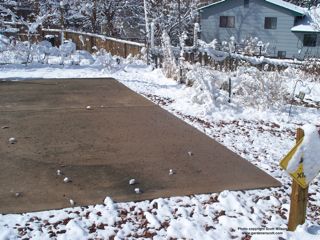
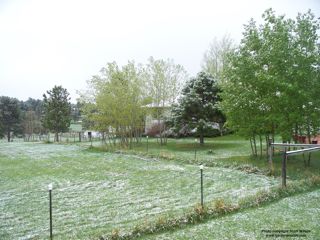
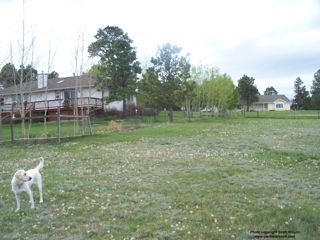
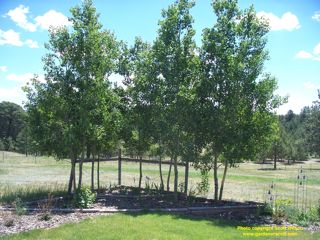
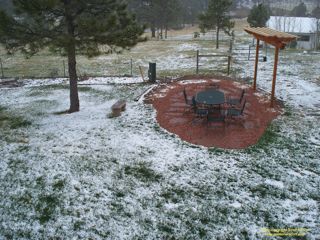
 RSS Feed
RSS Feed